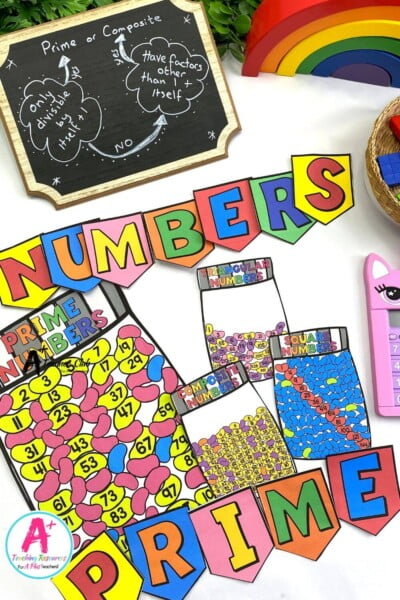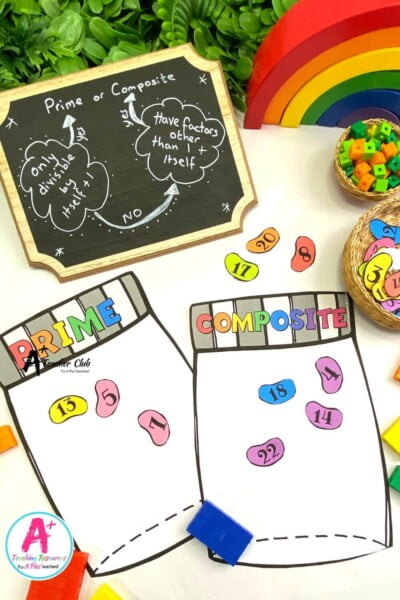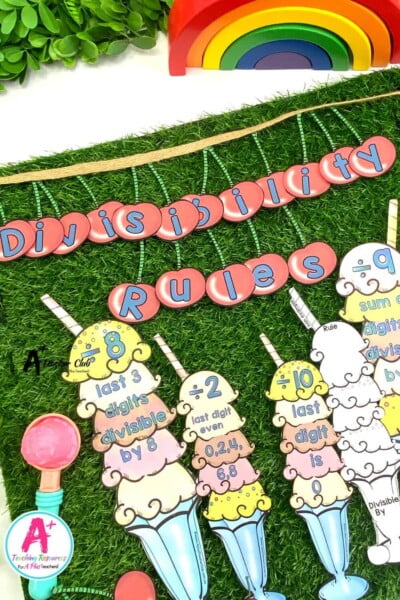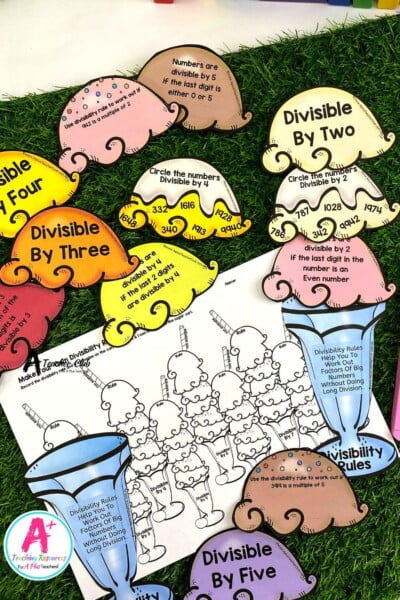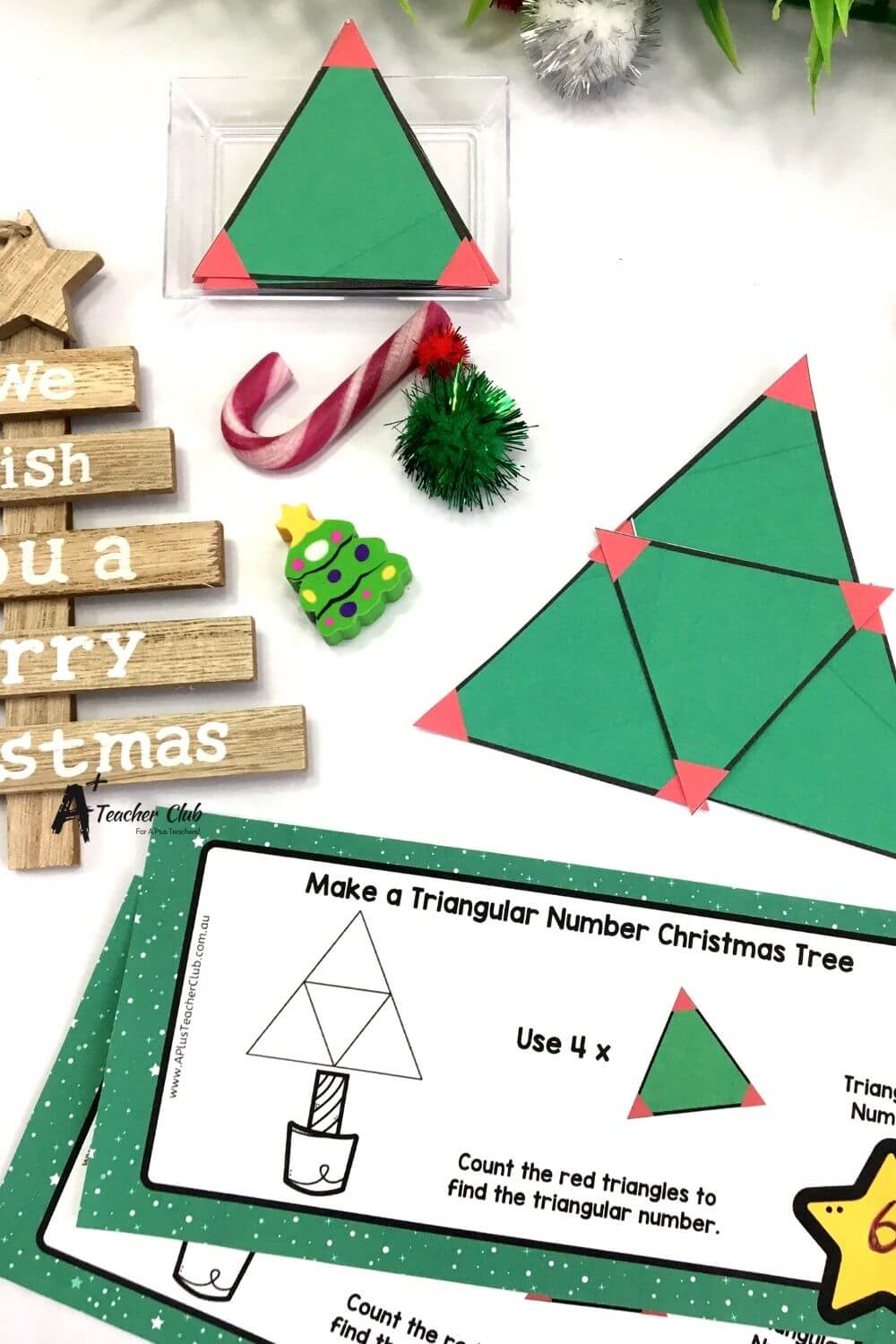Prime, Composite And Triangular Numbers
Number Sense
Hey, teachers! Are you ready to embark on a math-filled adventure with Prime, Composite, and Triangular numbers? Get ready to dive into the world of number patterns and discover the fascinating properties of these special numbers. Our Prime, Composite, and Triangular Numbers resources are here to make learning engaging, interactive, and fun for your students!
But hold on a sec, you might be wondering, what exactly are prime, composite, and triangular numbers, and why should we teach them? Let’s unravel the mystery!
Prime numbers are those special numbers that can only be divided evenly by 1 and themselves. Think of them as the VIPs of the number world. Examples include 2, 3, 5, 7, and so on. Teaching prime numbers helps students understand the concept of divisibility, identify number patterns, and build a strong foundation for future mathematical concepts.
On the other hand, composite numbers are like the social butterflies of the number world. They have more than two factors, meaning they can be divided evenly by numbers other than 1 and themselves. Examples of composite numbers include 4, 6, 8, 9, and many more. Exploring composite numbers helps students understand the concept of multiplication, identify factors and multiples, and see the interplay between numbers.
Now, let’s talk about triangular numbers. Imagine arranging objects in the shape of an equilateral triangle. Triangular numbers are the numbers that represent the total number of objects that can be arranged in this way. They have a unique connection to geometric patterns and can be represented using dots or objects. Teaching triangular numbers introduces students to geometric concepts, helps them visualize number patterns, and enhances their problem-solving skills.
So, why is it important to teach prime, composite, and triangular numbers? Here are a few key reasons:
- Number Relationships: Exploring these special numbers helps students develop a deeper understanding of number relationships, such as divisibility, factors, and multiples. It strengthens their grasp of number concepts and improves their overall mathematical fluency.
- Problem-Solving Skills: Studying prime, composite, and triangular numbers encourages critical thinking and problem-solving abilities. Students learn to analyze number patterns, make conjectures, and apply logical reasoning to solve mathematical problems.
- Mathematical Patterns: These numbers exhibit fascinating patterns and properties that spark curiosity and excitement in students. By teaching prime, composite, and triangular numbers, we nurture their appreciation for the beauty and elegance of mathematics.
- Real-World Connections: Prime, composite, and triangular numbers have practical applications in various fields, such as cryptography, number theory, and geometry. Teaching these concepts helps students see the relevance of mathematics in the real world and its impact on everyday life.
- Building Mathematical Foundation: Understanding prime, composite, and triangular numbers lays a strong foundation for future mathematical concepts and topics. It prepares students for more advanced areas of mathematics and sets them up for success in higher grades.
So, are you ready to embark on a mathematical journey filled with prime, composite, and triangular numbers? Click the link below to explore our captivating resources and bring the magic of numbers into your classroom. Get ready to ignite a love for mathematical patterns, problem-solving, and critical thinking in your students!
Click here to discover our Prime, Composite, and Triangular Numbers resources. Let’s make math an unforgettable adventure for our young mathematicians! 🌟🧮
Resources listed in this collection
Click to jump to...Properties of Numbers Activities
Explore tags
More Number Sense Activities
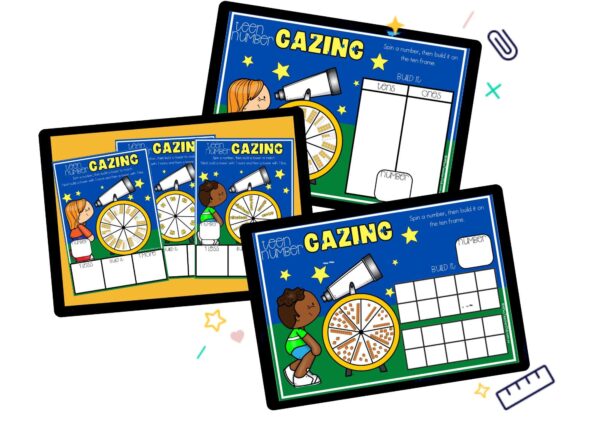
Teen Numbers - Star Gazing Theme
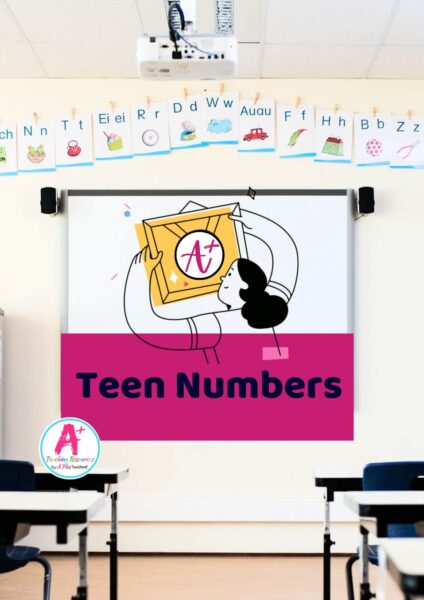
Teen Numbers Collection
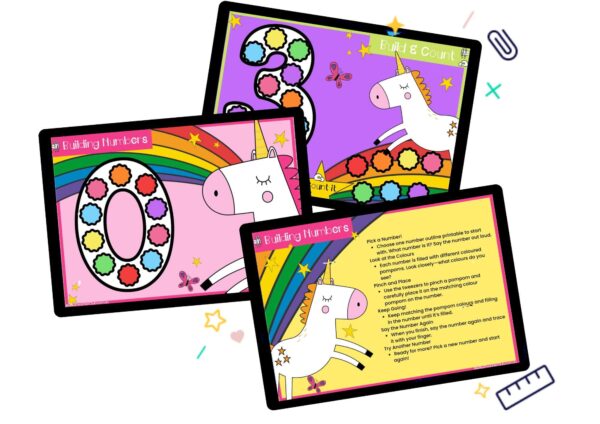
Fine Motor Pom Poms - Numbers 0-30
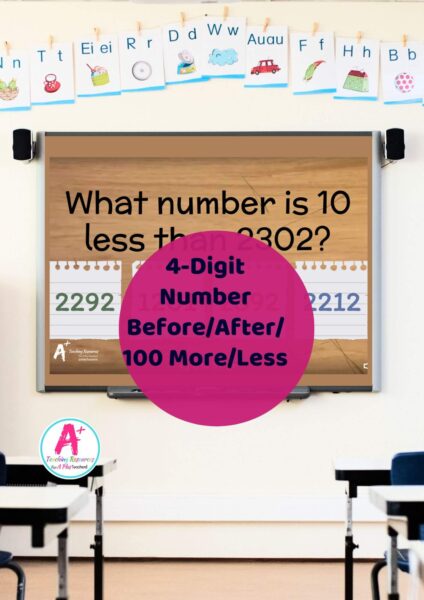
Number Before / After / Between/ 100 more/less -4-Digits
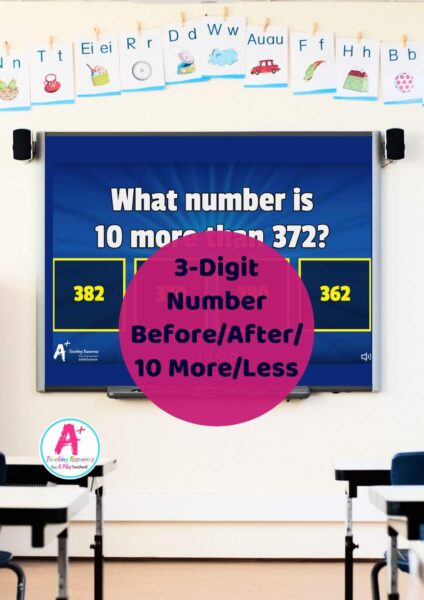
Number Before / After / Between/ 10 more/less -3-Digits
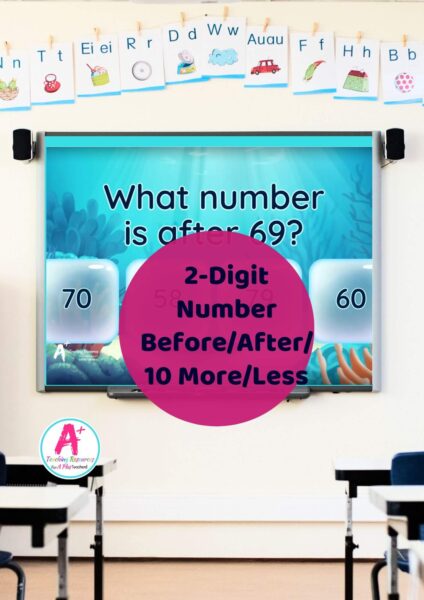
Number Before / After / Between/ 10 more/less -2-Digits
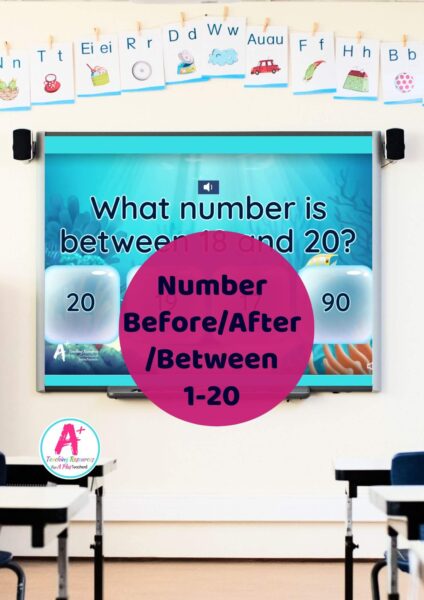
Number Before / After / Between - 1-20
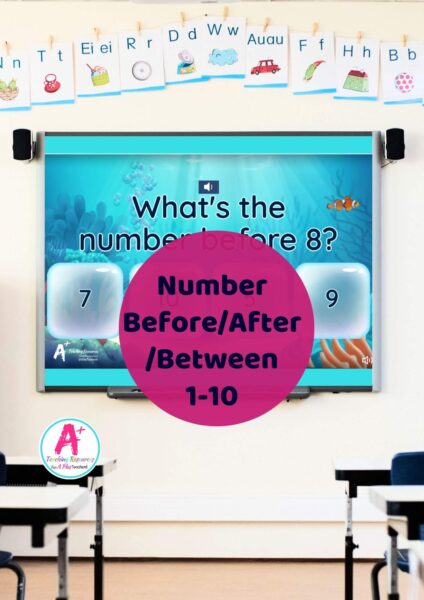
Number Before / After / Between - 1-10
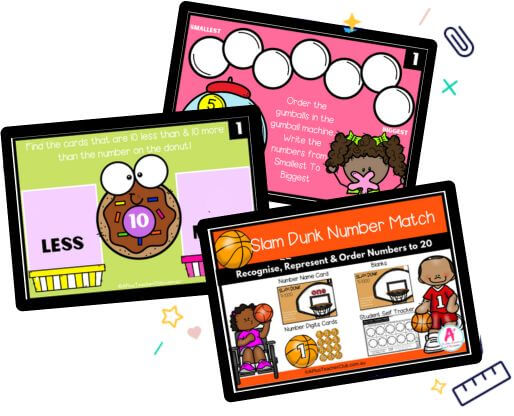
Maths Task Cards - Numbers to 20
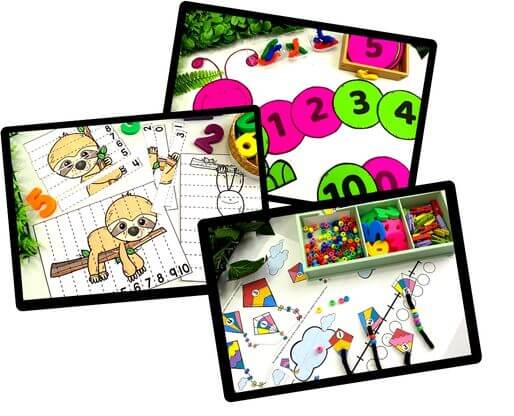
Number Order Sequence 0-20
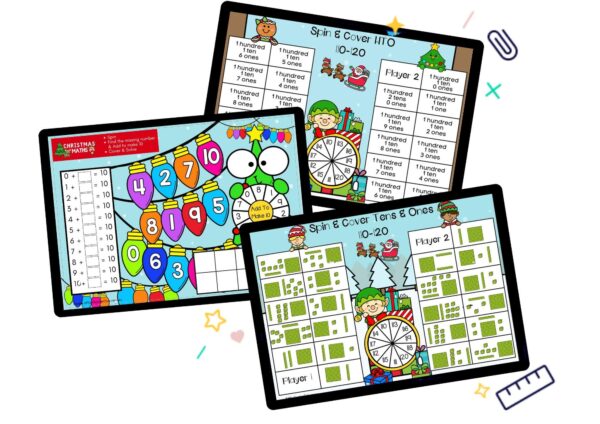
Christmas Maths - 0-120
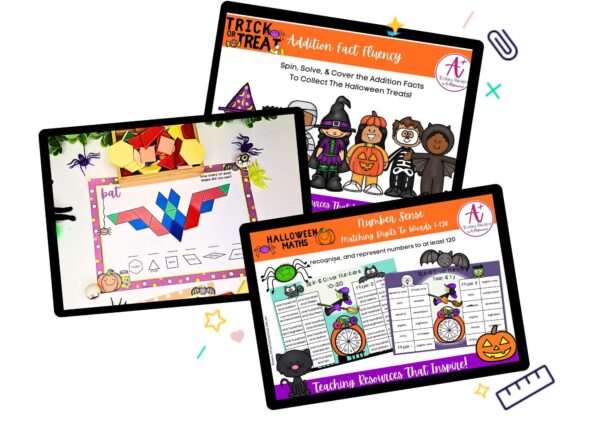
Halloween - Numbers 0-120
Can't find what you're looking for?
Send us a request! Use this form to request a resource. Please give details of the learning area, topic, year level, curriculum links. We’ll be happy to take a look to see if we can fit it in. Unfortunately a request does not guarantee we will be able to make it!
"*" indicates required fields

